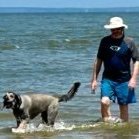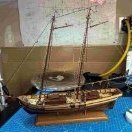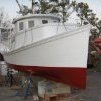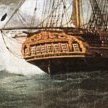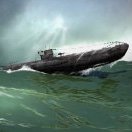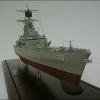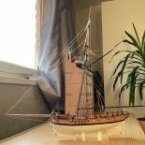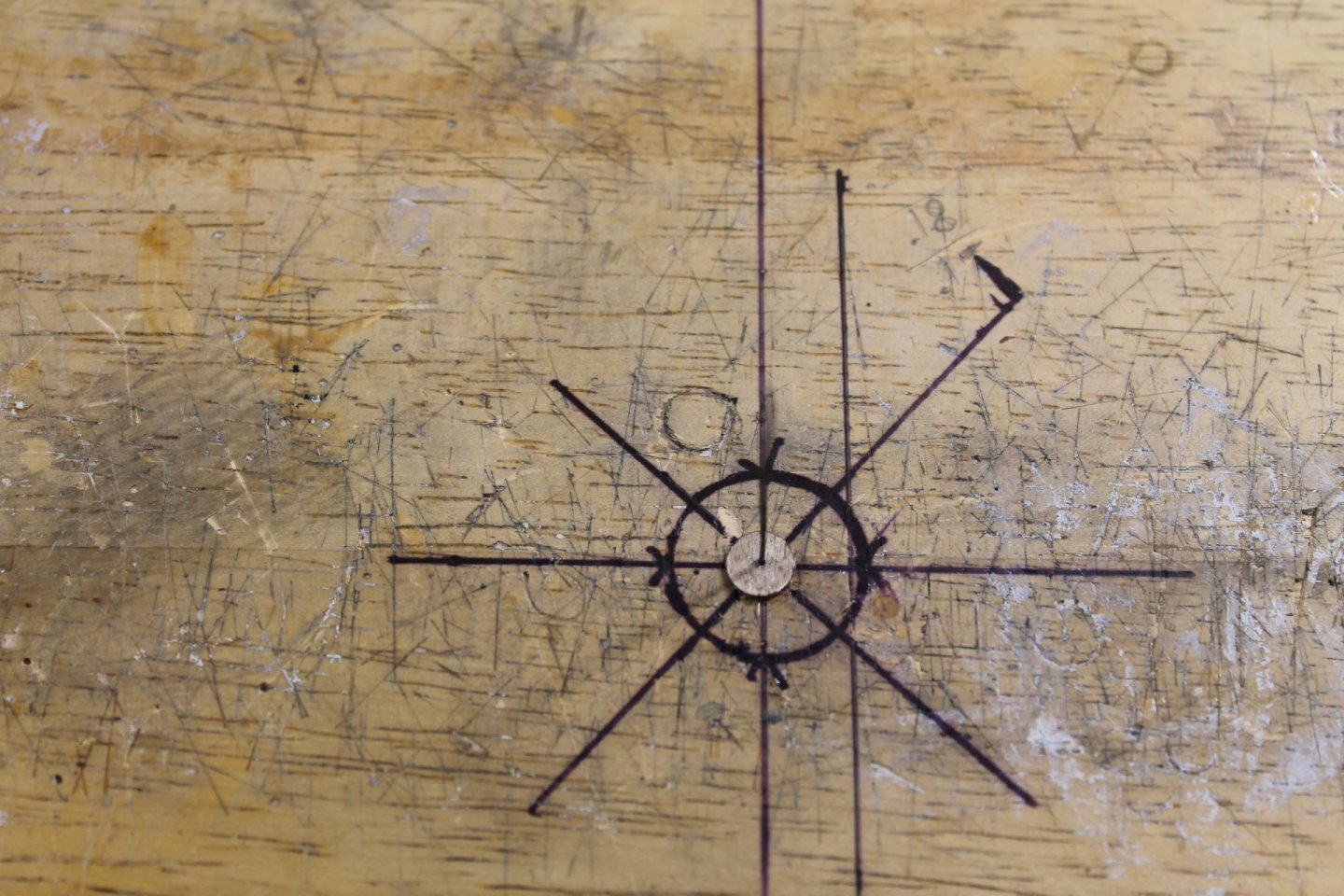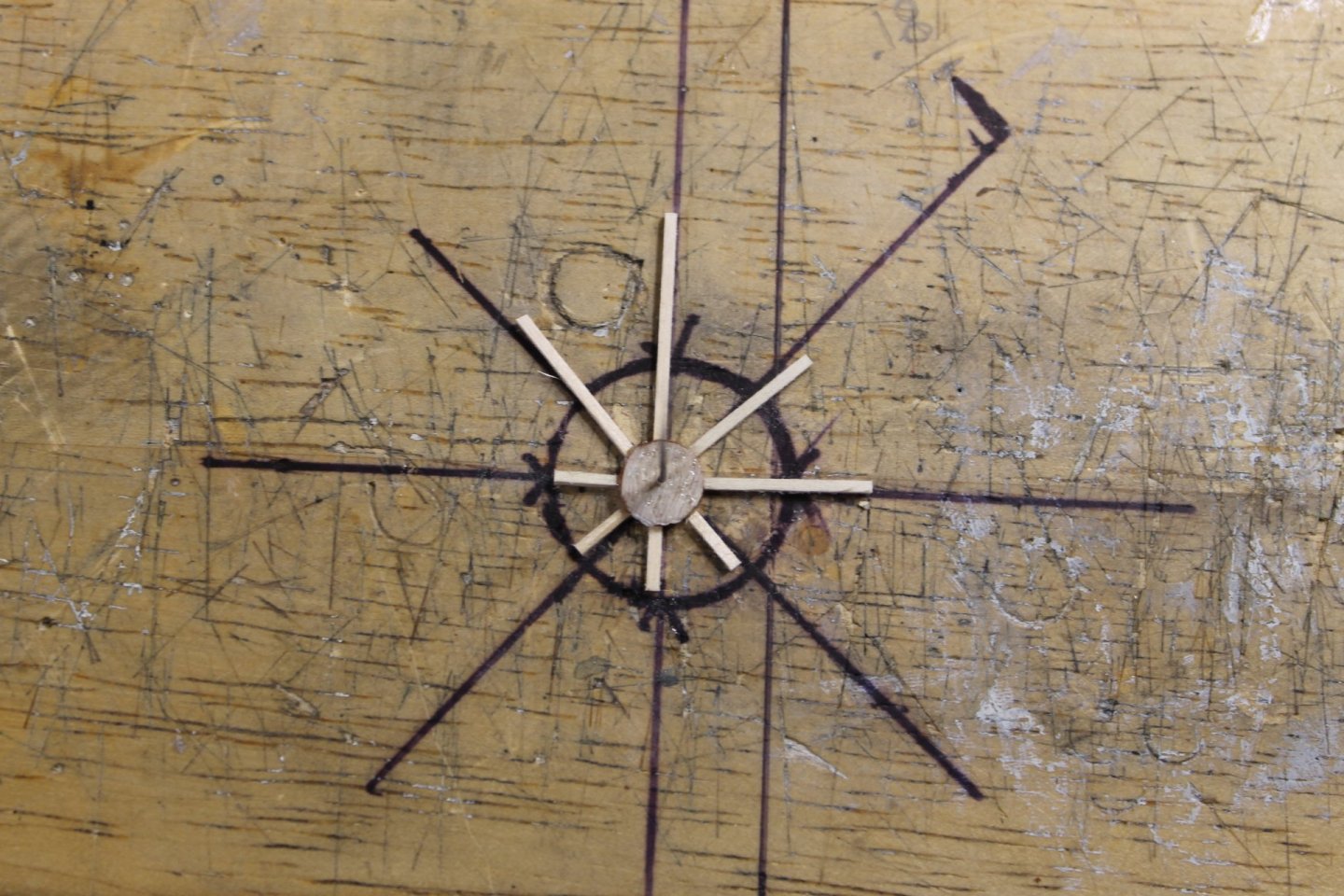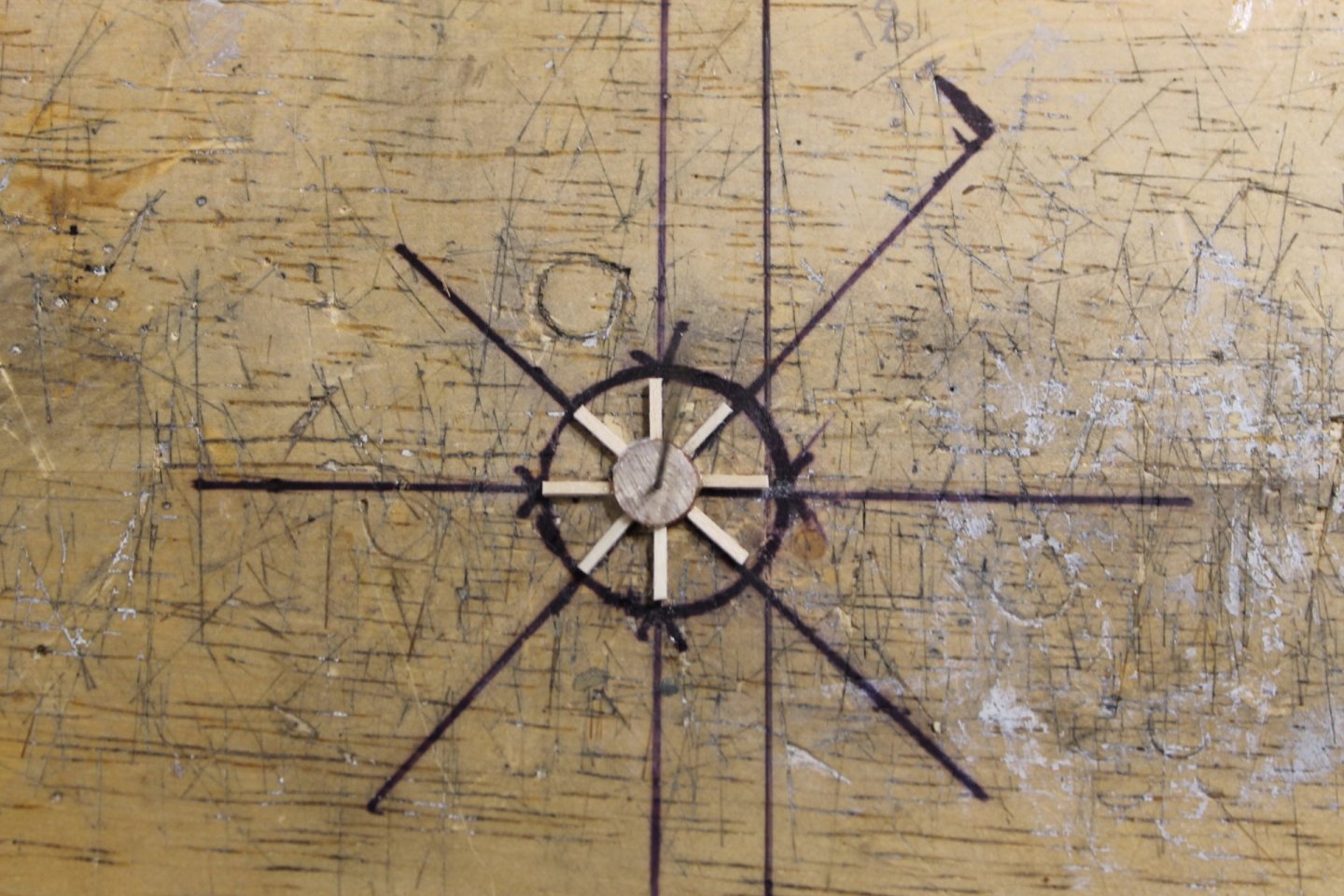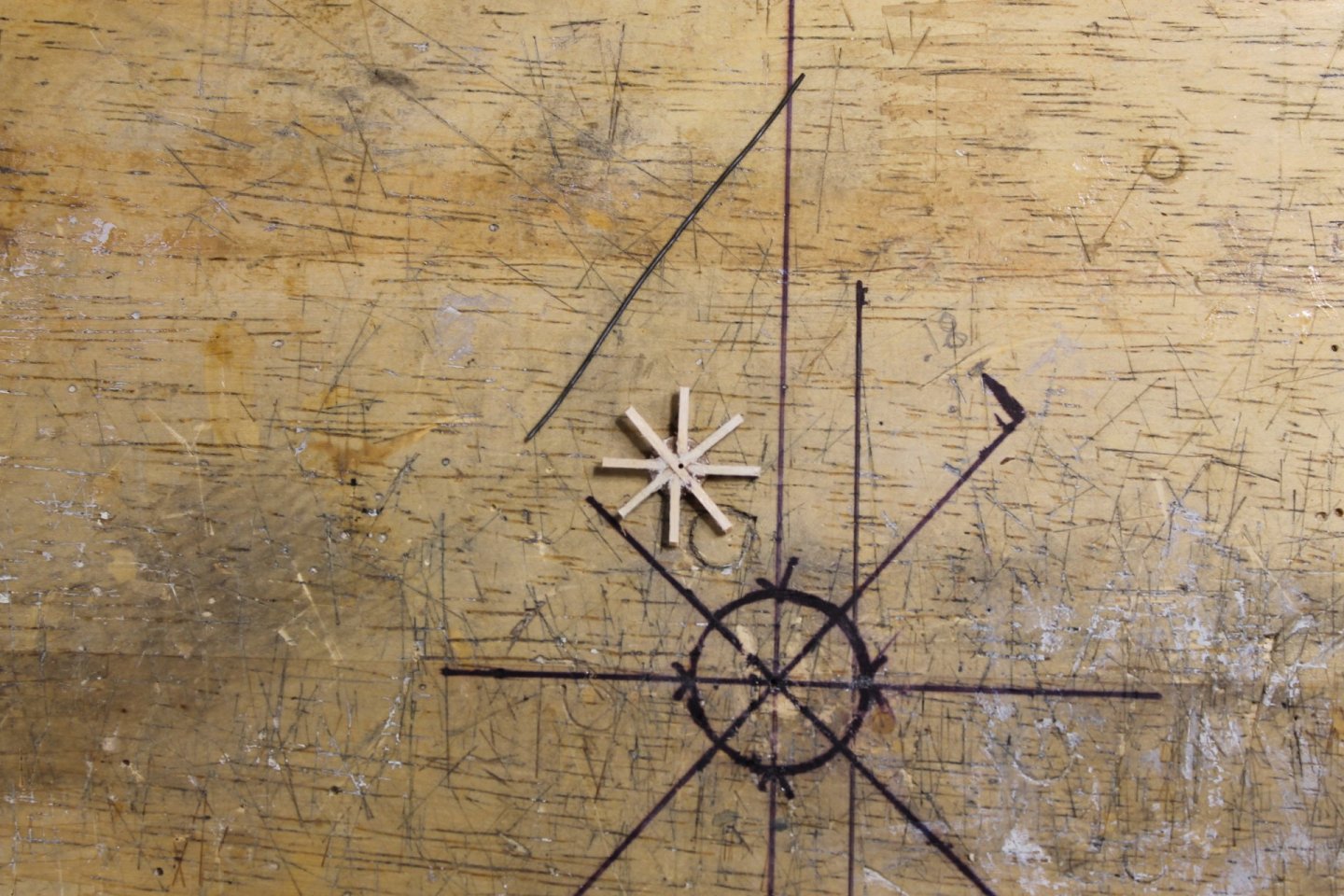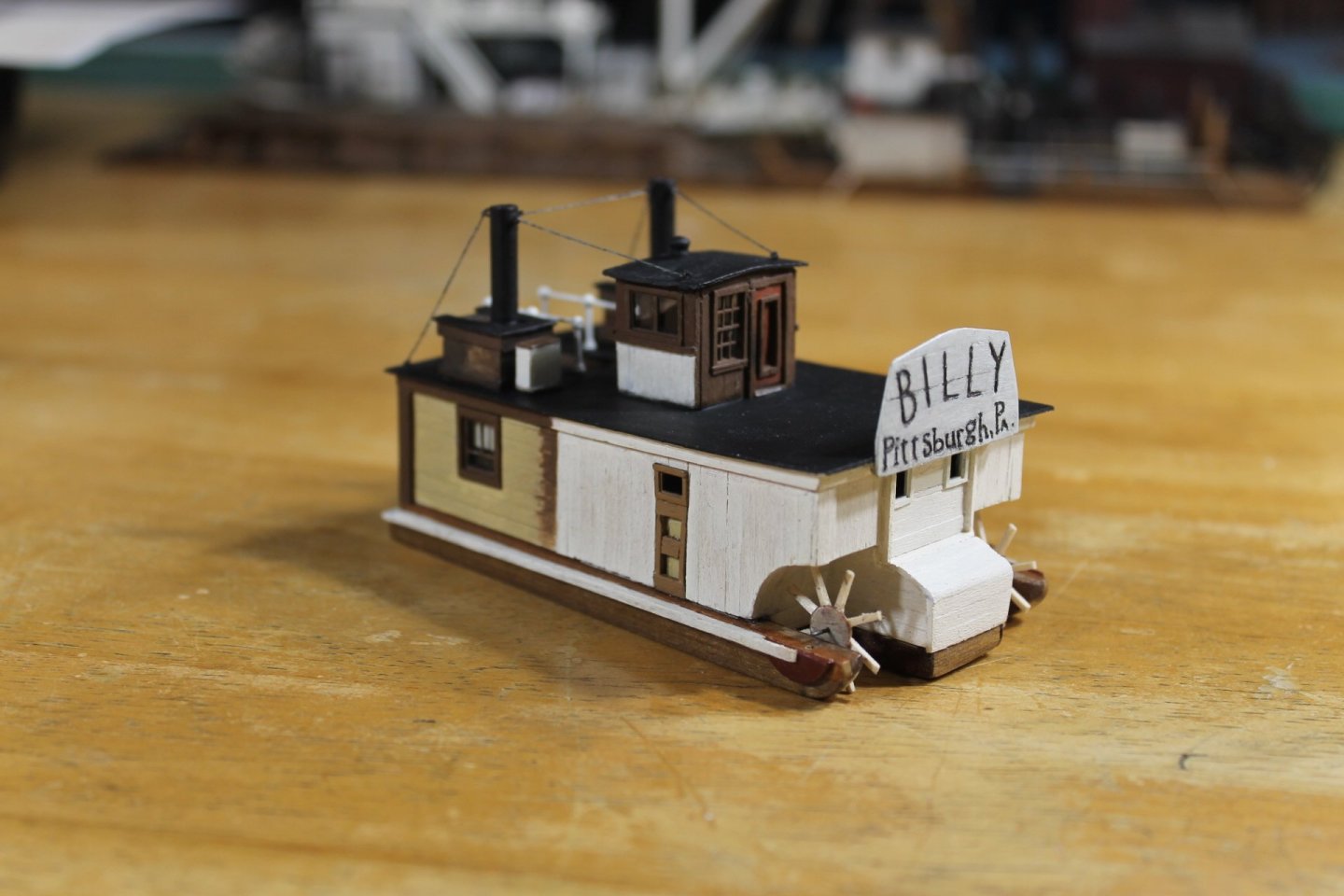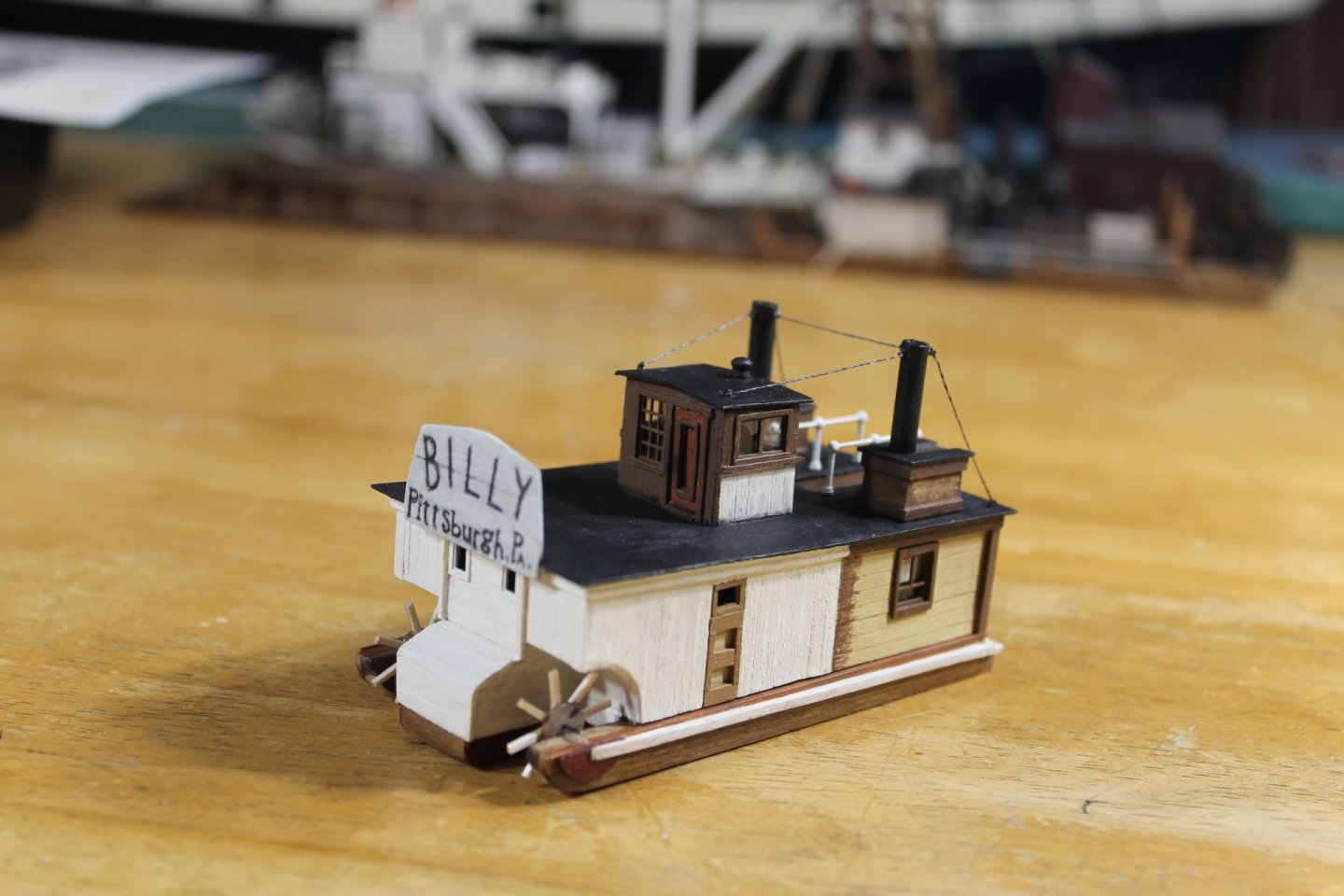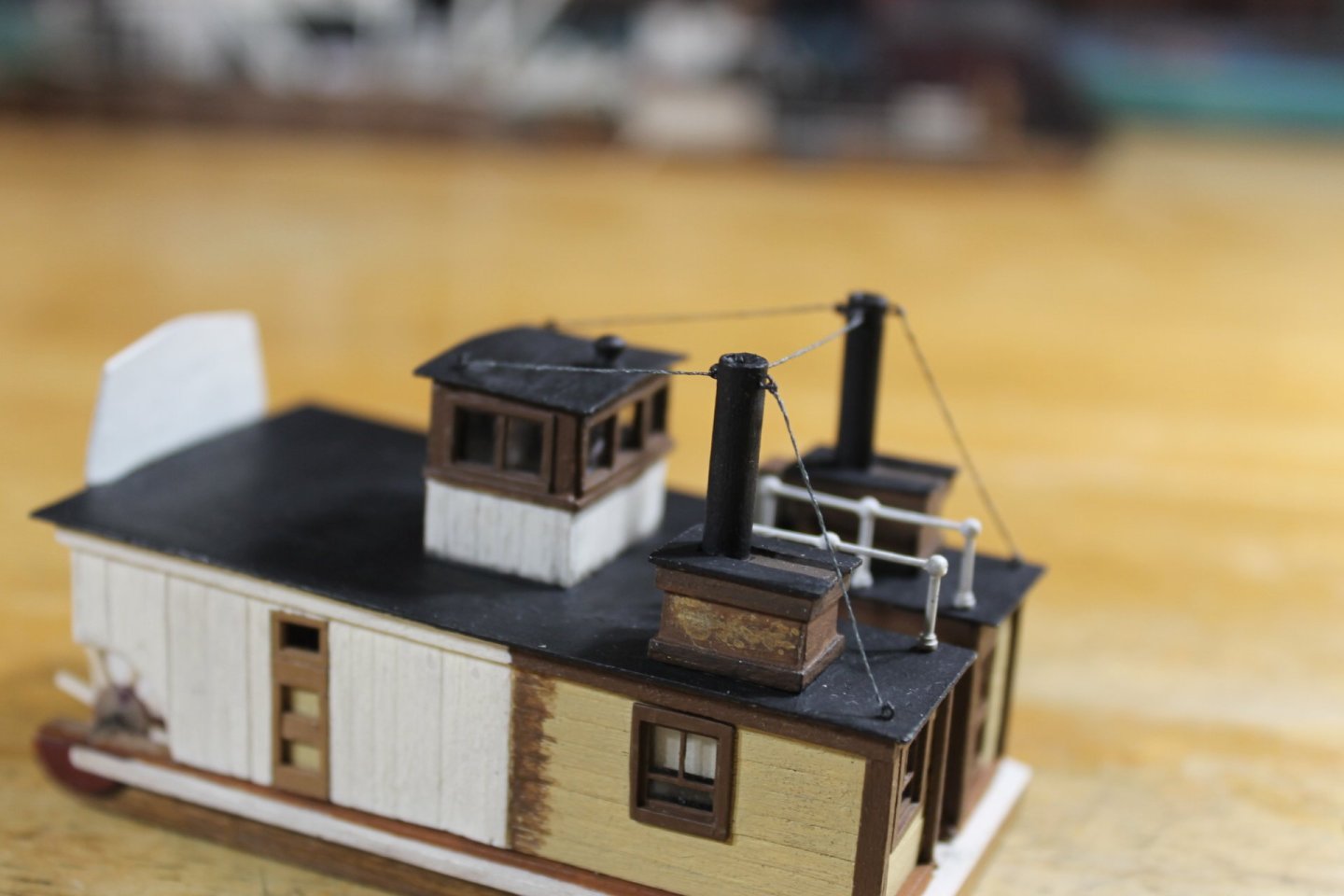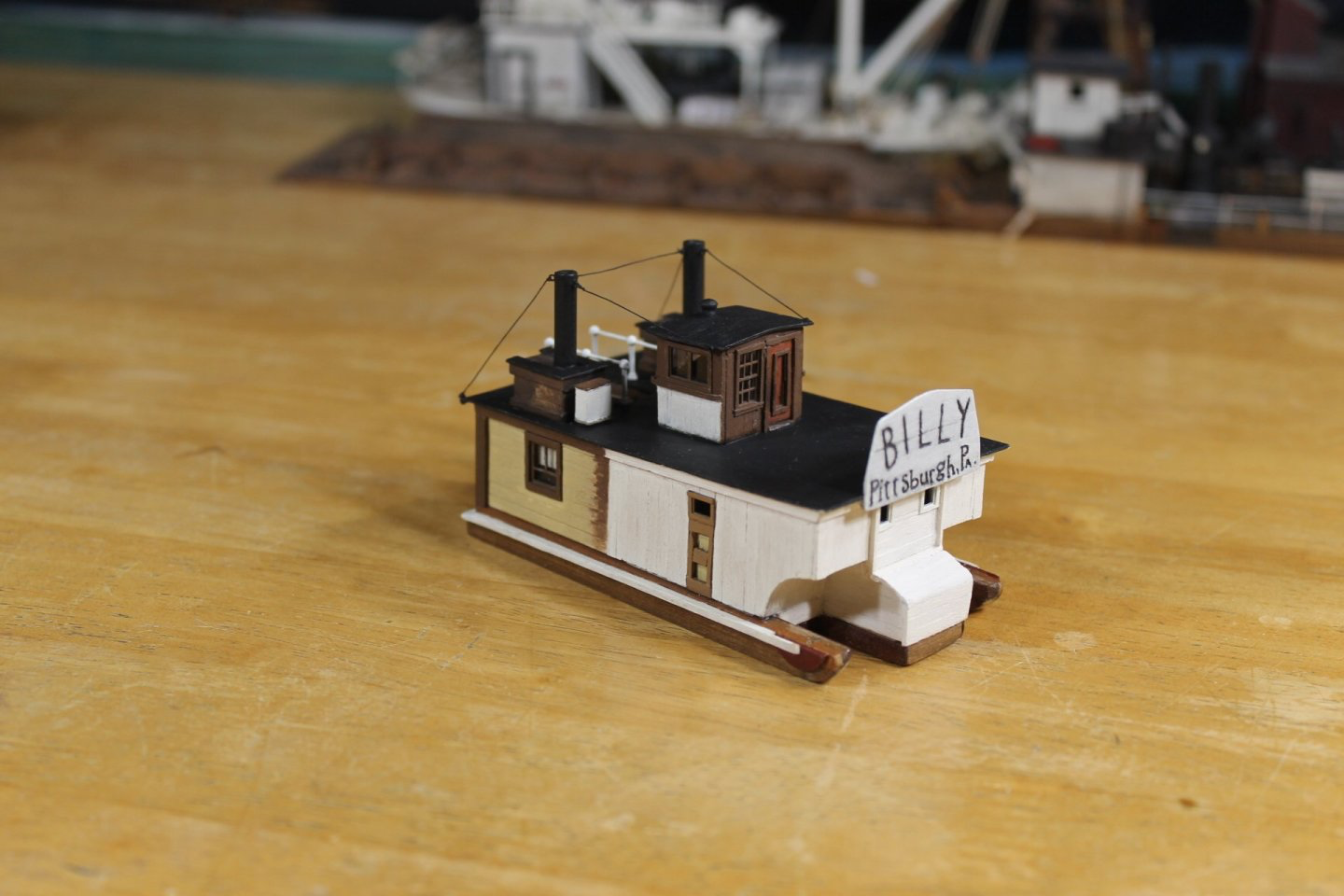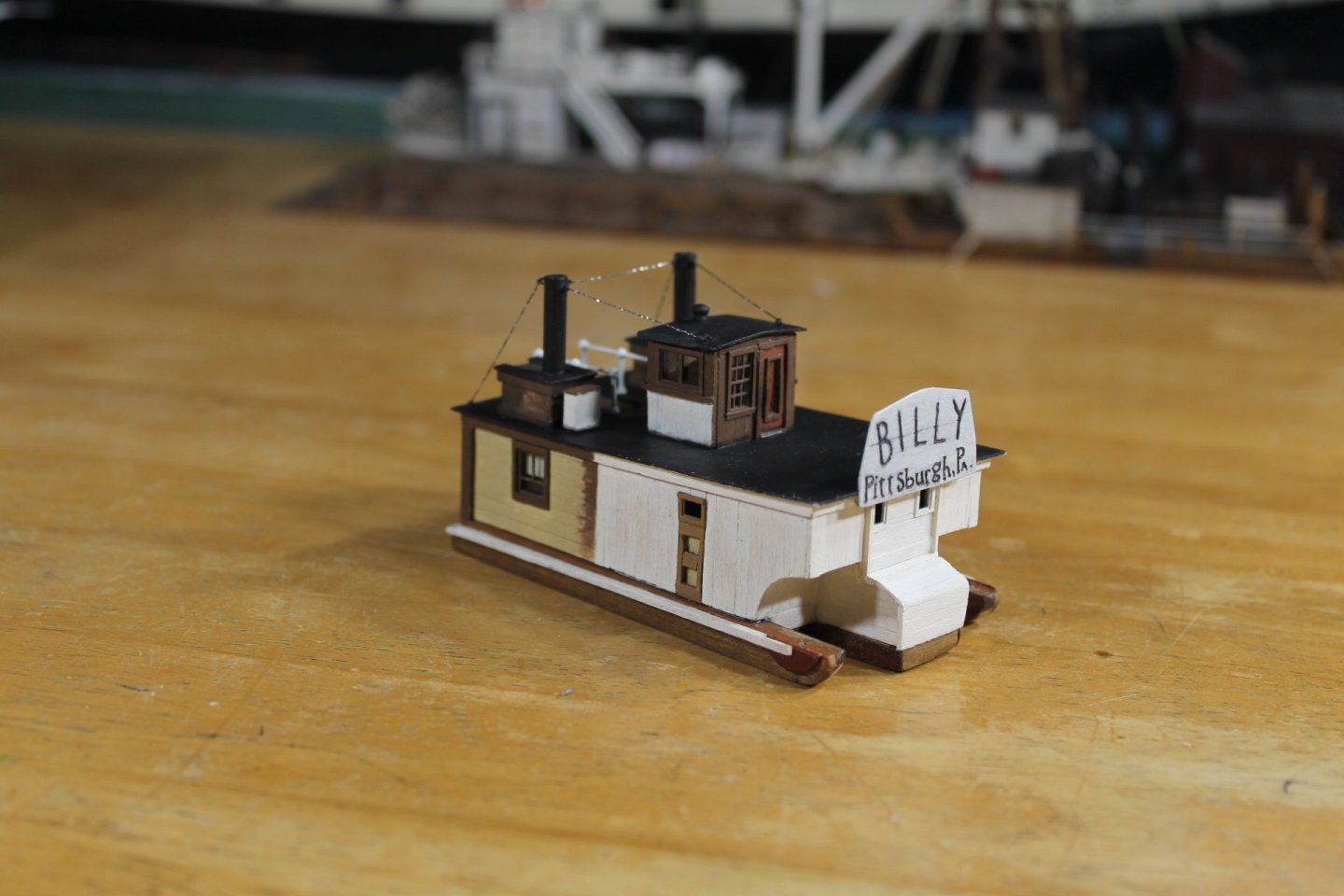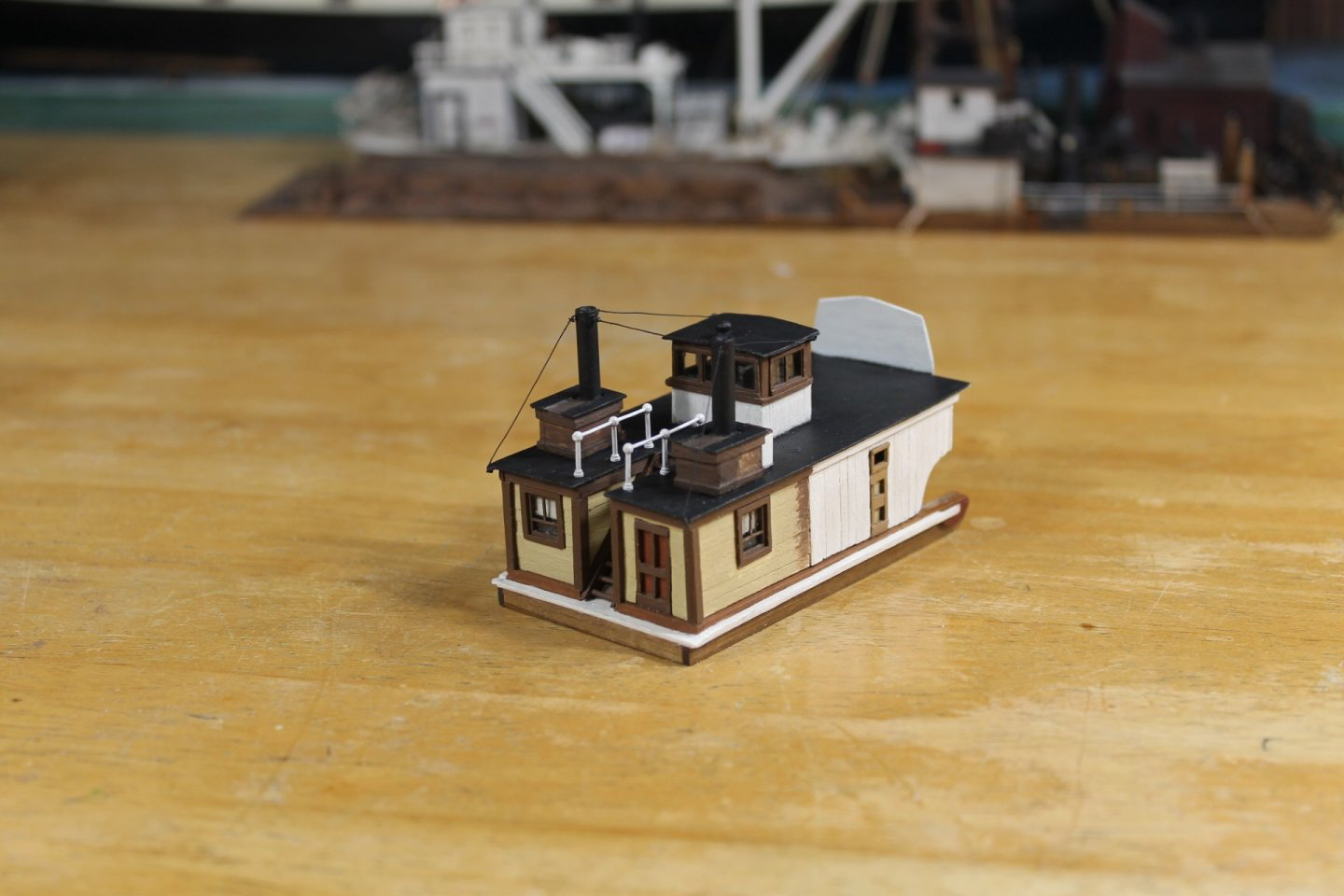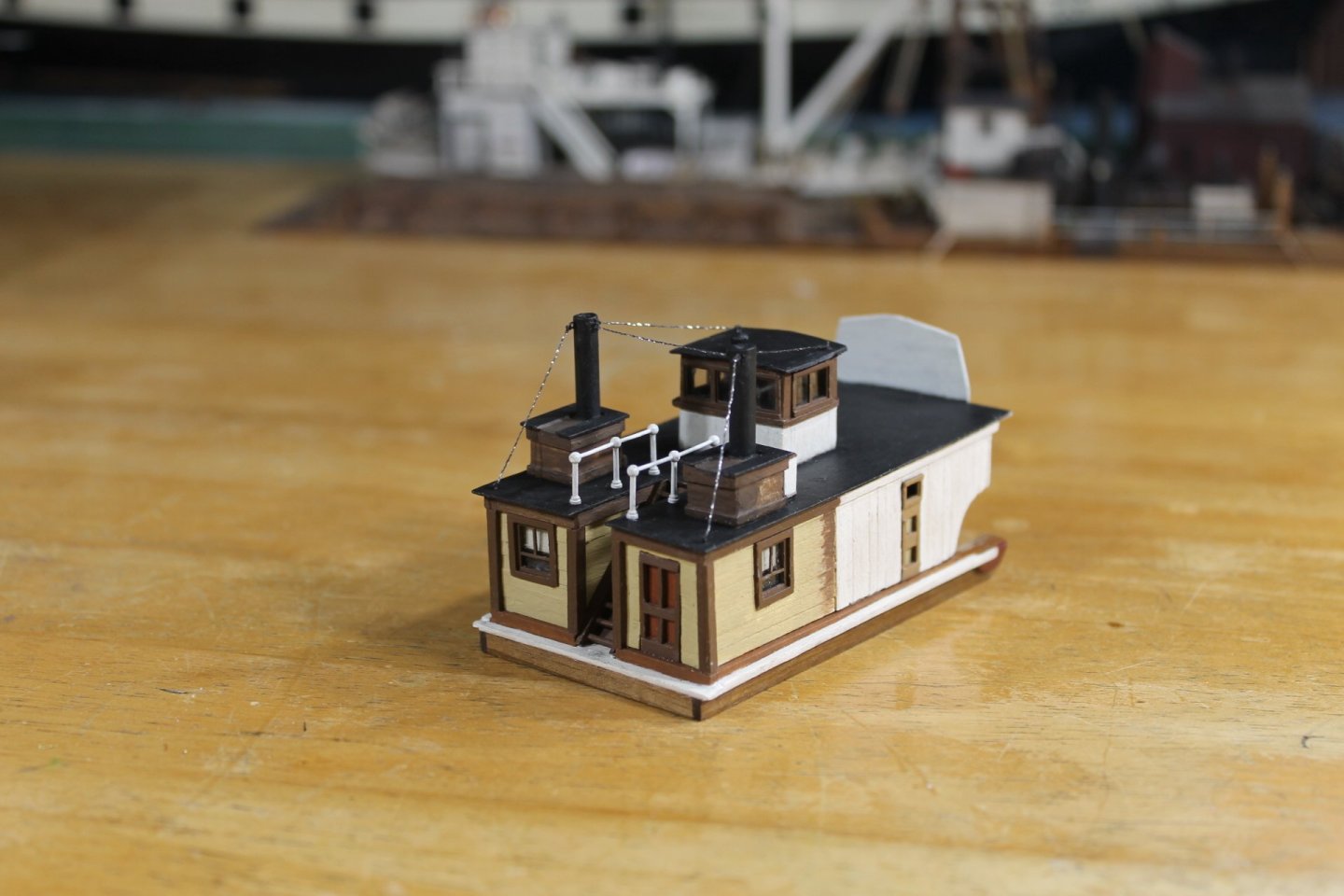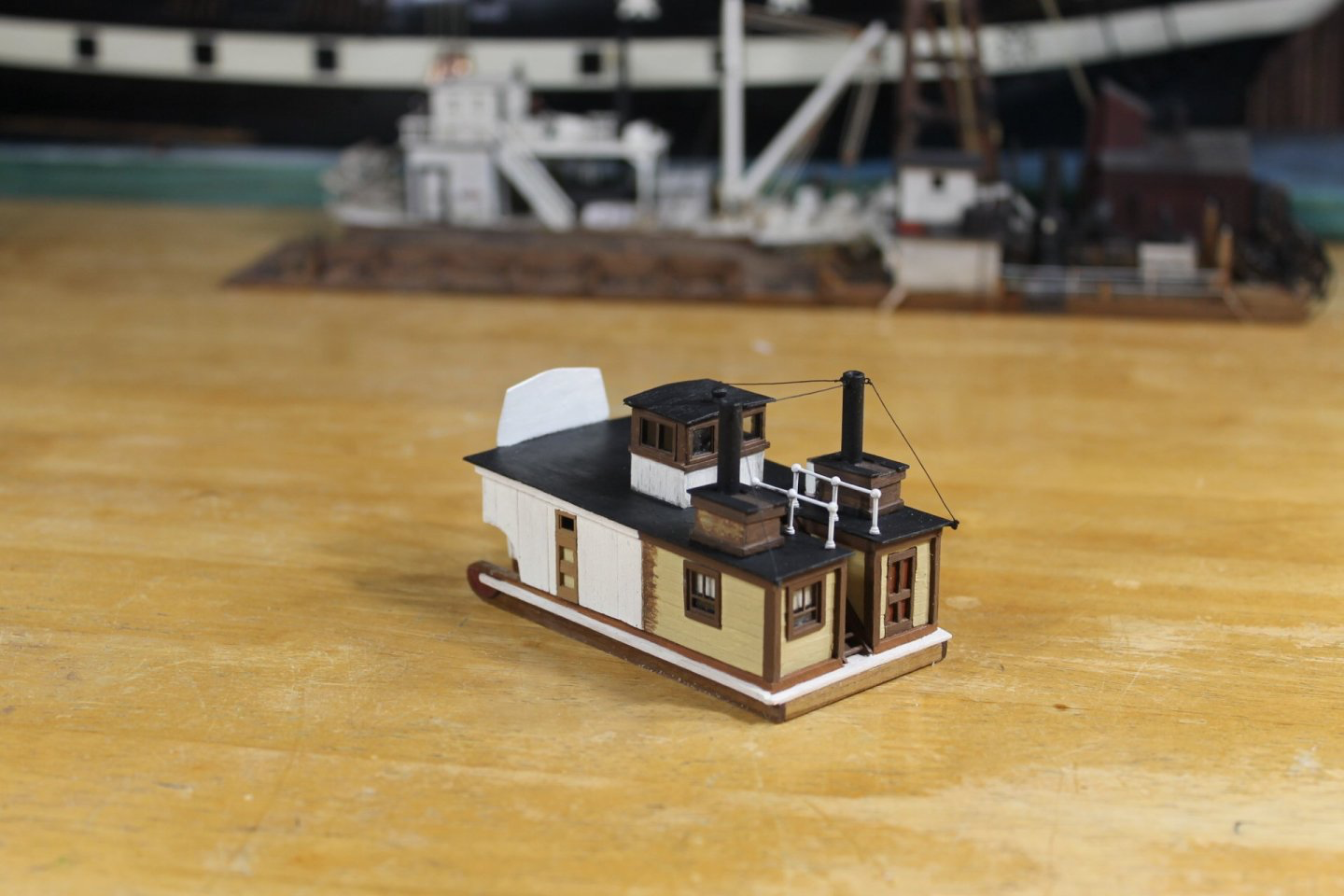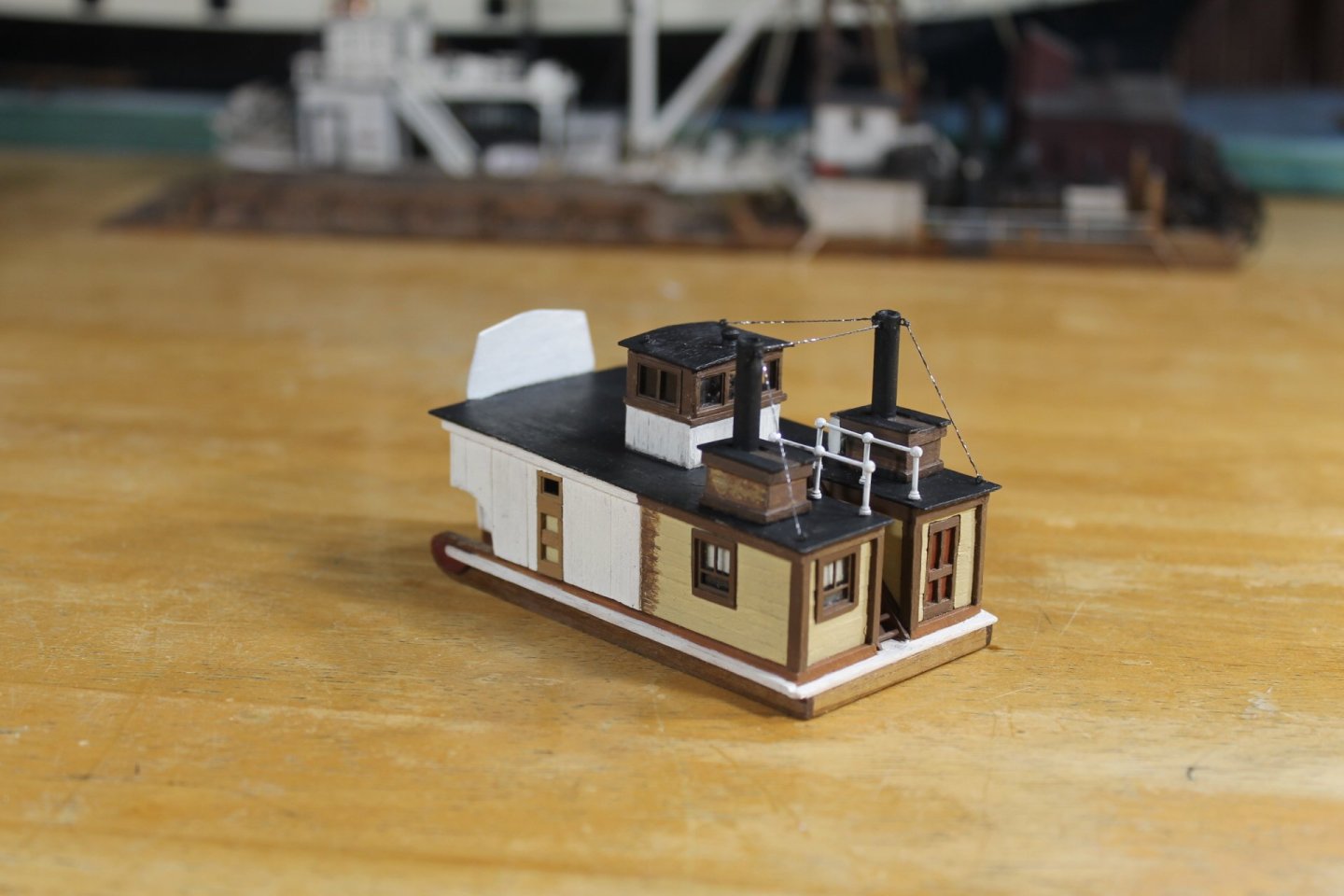-
Posts
6,661 -
Joined
-
Last visited
About Keith Black

- Birthday 03/23/1947
Profile Information
-
Gender
Male
-
Location
Grass Lake, Michigan
-
Interests
Model Ships, History, Pool, Clocks
Recent Profile Visitors
-
 John Ruy reacted to a post in a topic:
Billy 1938 by Keith Black - 1:120 Scale - Homemade Sternwheeler
John Ruy reacted to a post in a topic:
Billy 1938 by Keith Black - 1:120 Scale - Homemade Sternwheeler
-
 Coyote_6 reacted to a post in a topic:
Billy 1938 by Keith Black - 1:120 Scale - Homemade Sternwheeler
Coyote_6 reacted to a post in a topic:
Billy 1938 by Keith Black - 1:120 Scale - Homemade Sternwheeler
-
 LJP reacted to a post in a topic:
Billy 1938 by Keith Black - 1:120 Scale - Homemade Sternwheeler
LJP reacted to a post in a topic:
Billy 1938 by Keith Black - 1:120 Scale - Homemade Sternwheeler
-
 BANYAN reacted to a post in a topic:
Billy 1938 by Keith Black - 1:120 Scale - Homemade Sternwheeler
BANYAN reacted to a post in a topic:
Billy 1938 by Keith Black - 1:120 Scale - Homemade Sternwheeler
-
 Paul Le Wol reacted to a post in a topic:
Billy 1938 by Keith Black - 1:120 Scale - Homemade Sternwheeler
Paul Le Wol reacted to a post in a topic:
Billy 1938 by Keith Black - 1:120 Scale - Homemade Sternwheeler
-
 kurtvd19 reacted to a post in a topic:
Billy 1938 by Keith Black - 1:120 Scale - Homemade Sternwheeler
kurtvd19 reacted to a post in a topic:
Billy 1938 by Keith Black - 1:120 Scale - Homemade Sternwheeler
-
 Keith Black reacted to a post in a topic:
USCG Harriet Lane by Knocklouder - Model Shipways - 1:144 (1/12 inch = 1 foot)
Keith Black reacted to a post in a topic:
USCG Harriet Lane by Knocklouder - Model Shipways - 1:144 (1/12 inch = 1 foot)
-
 Keith Black reacted to a post in a topic:
USCG Harriet Lane by Knocklouder - Model Shipways - 1:144 (1/12 inch = 1 foot)
Keith Black reacted to a post in a topic:
USCG Harriet Lane by Knocklouder - Model Shipways - 1:144 (1/12 inch = 1 foot)
-
 vvvjames reacted to a post in a topic:
USCG Harriet Lane by Knocklouder - Model Shipways - 1:144 (1/12 inch = 1 foot)
vvvjames reacted to a post in a topic:
USCG Harriet Lane by Knocklouder - Model Shipways - 1:144 (1/12 inch = 1 foot)
-
 JacquesCousteau reacted to a post in a topic:
Billy 1938 by Keith Black - 1:120 Scale - Homemade Sternwheeler
JacquesCousteau reacted to a post in a topic:
Billy 1938 by Keith Black - 1:120 Scale - Homemade Sternwheeler
-
 Keith Black reacted to a post in a topic:
Billy 1938 by Keith Black - 1:120 Scale - Homemade Sternwheeler
Keith Black reacted to a post in a topic:
Billy 1938 by Keith Black - 1:120 Scale - Homemade Sternwheeler
-
 tmj reacted to a post in a topic:
Billy 1938 by Keith Black - 1:120 Scale - Homemade Sternwheeler
tmj reacted to a post in a topic:
Billy 1938 by Keith Black - 1:120 Scale - Homemade Sternwheeler
-
 vvvjames reacted to a post in a topic:
Billy 1938 by Keith Black - 1:120 Scale - Homemade Sternwheeler
vvvjames reacted to a post in a topic:
Billy 1938 by Keith Black - 1:120 Scale - Homemade Sternwheeler
-
 Keith Black reacted to a post in a topic:
Billy 1938 by Keith Black - 1:120 Scale - Homemade Sternwheeler
Keith Black reacted to a post in a topic:
Billy 1938 by Keith Black - 1:120 Scale - Homemade Sternwheeler
-
I'm sorry you've got to put a stop to her, Bob. Instead of immediately jumping into Vasa why don't you kickback in your easy chair for at least a couple of days and watch TV and take lots of naps.
- 72 replies
-
- Steam Cutter
- Harriet Lane
-
(and 2 more)
Tagged with:
-
 Keith Black reacted to a post in a topic:
USCG Harriet Lane by Knocklouder - Model Shipways - 1:144 (1/12 inch = 1 foot)
Keith Black reacted to a post in a topic:
USCG Harriet Lane by Knocklouder - Model Shipways - 1:144 (1/12 inch = 1 foot)
-
 Keith Black reacted to a post in a topic:
LA CREOLE/ LA GUADELOUPE by matiz - 1:48 - by Tiziano Mainardi from Boudriot plans
Keith Black reacted to a post in a topic:
LA CREOLE/ LA GUADELOUPE by matiz - 1:48 - by Tiziano Mainardi from Boudriot plans
-
 Keith Black reacted to a post in a topic:
Trireme Olympias by Richard Braithwaite
Keith Black reacted to a post in a topic:
Trireme Olympias by Richard Braithwaite
-
Thank you to everyone for the likes and the comments. The original Billy's wheels were twelve spoked, because of the small amount of gluing area I can only make eight spoke wheels. Using eight spoke wheels on waterline models is easier to fit than twelve spokes so the eight spoke wheels work out well. The hubs are 0.26" in diameter and are cut from 1/64 inch birch ply with a hole punch. As close to the hubs center as possible a hole is drilled. My working templet is drawn on my worktable with the same size hole drilled at the center point. All corresponding work is done in relationship the worktable hole so if the hub hole is a little off center it won't matter other than looks. To the right of the main vertical line is the cutoff line for the spoke lengths. From the worktable hole center tom the cutoff line is 0.35" for a 0.70" total spoke length. The first step is to place a 24 GA piece of wire through the hub into the worktable center hole and then the hub is glued (CA) on one edge to the worktable. All the 0.037" basswood spokes are glued to the hub. The hub and spoke assembly is freed from the worktable and both sides sanded to remove excess CA. The worktable center is scraped clean with an X-Acto chisel blade. The next step is to pin the hub and spoke assembly the the worktable center hole where it rotates freely and the each spoke is rotated into position at the cutoff line and trimmed to length with an X-Acto chisel blade. All spokes cut to length. This completes this part of the process which is pretty easy peasy. Making and attaching the buckets will be the hard part. I think I'll have to make the buckets from the 1/64 inch ply because a hole has to be drilled at each end to make the outside edge brace. The most desirable would be to use 0.10" x 0.037" basswood for the buckets but holes drilled close the edge of basswood have a tendency to breakout even when CA is applied to the edge before drilling. Even though thinner the ply allows holes to be drilled close to the edge without breakout. A little peak at what Billy is gonna look like with wheels with just one hub and spoke assembly in place, very exciting to get to this point. And a look at the dummy stack stays after applying "my" gunmetal acrylic craft paint mixture of silver and wrought iron. I don't know if one can tell if it looks like gunmetal but It doesn't look like Christmas tree lights anymore. Every now and then a sparkle of the silver metallic thread can be seen which looks like when the sun glints off metal. Thank you for your support and for being part of the journey. Keith
-
 Keith Black reacted to a post in a topic:
Ring Bolts
Keith Black reacted to a post in a topic:
Ring Bolts
-
 Keith Black reacted to a post in a topic:
Ring Bolts
Keith Black reacted to a post in a topic:
Ring Bolts
-
 Keith Black reacted to a post in a topic:
Ring Bolts
Keith Black reacted to a post in a topic:
Ring Bolts
-
The Harriet Lane is looking great, Bob but more importantly is your health. Praying for your full recovery.
- 72 replies
-
- Steam Cutter
- Harriet Lane
-
(and 2 more)
Tagged with:
-
Thank you,Keith. I missed pilot Keith's message, I need to go back though your Erebus log. I'd love to do a gun metal wash..........what material/paint would I use? Birchwood Casey would just make look black, I think? I've got some wrought iron craft paint I think I'll whip up a thin wash and test it on some scrape thread. Thank you. Bob. I really like the way the metallic thread resembles stranded cable, I think it looks more so than braided but I can see where it could resemble braided cable as well. Ahh, another use, thanks, Bob.
-
Stays 2.0 are done. You the viewer may not be able to tell the difference but I sure can. I am much more pleased with 2.0 than 1.0. I kept fighting that 32 GA brass wire and kept failing so I dug through Maggie's thread stash and found some silver metallic thread that was the right diameter. This was my first time using metallic thread, what a treat and it turned out to be just the ticket! Most of our models have some weight to them and when running line or wire through eyes the model is heavy enough to add resistance when tying a knot. My biggest problem is Billy doesn't weigh anything. I weighed Billy tonight and as pictured Billy only weighs 0.8 ounce or 24 grams! The metallic thread when looped through an eye and pulled tight will cinch on itself. This allowed me to CA the thread at the eye without issue using just two hands. Stays 1.0 Stays 2.0. All the connections look the same The thread is tight and not wavy. As is off the spool the tread is pretty bright, I gave the thread a very light black wash. Depending on how the light hits the tread the metal in the thread shows differently. It's kind of a cool effect but still might be a little too bright. A second light black wash maybe in order and is not a problem applying. Stays 1.0 Stays 2.0 Stays 1.0 Stays 2.0. I also changed the eye connections from under the eaves to the boiler deck and the wheelhouse roof. Much more sturdy and it looks better, IMHO. Thank you for the likes, comments, and the support. Keith
About us
Modelshipworld - Advancing Ship Modeling through Research
SSL Secured
Your security is important for us so this Website is SSL-Secured
NRG Mailing Address
Nautical Research Guild
237 South Lincoln Street
Westmont IL, 60559-1917
Model Ship World ® and the MSW logo are Registered Trademarks, and belong to the Nautical Research Guild (United States Patent and Trademark Office: No. 6,929,264 & No. 6,929,274, registered Dec. 20, 2022)
Helpful Links
About the NRG
If you enjoy building ship models that are historically accurate as well as beautiful, then The Nautical Research Guild (NRG) is just right for you.
The Guild is a non-profit educational organization whose mission is to “Advance Ship Modeling Through Research”. We provide support to our members in their efforts to raise the quality of their model ships.
The Nautical Research Guild has published our world-renowned quarterly magazine, The Nautical Research Journal, since 1955. The pages of the Journal are full of articles by accomplished ship modelers who show you how they create those exquisite details on their models, and by maritime historians who show you the correct details to build. The Journal is available in both print and digital editions. Go to the NRG web site (www.thenrg.org) to download a complimentary digital copy of the Journal. The NRG also publishes plan sets, books and compilations of back issues of the Journal and the former Ships in Scale and Model Ship Builder magazines.

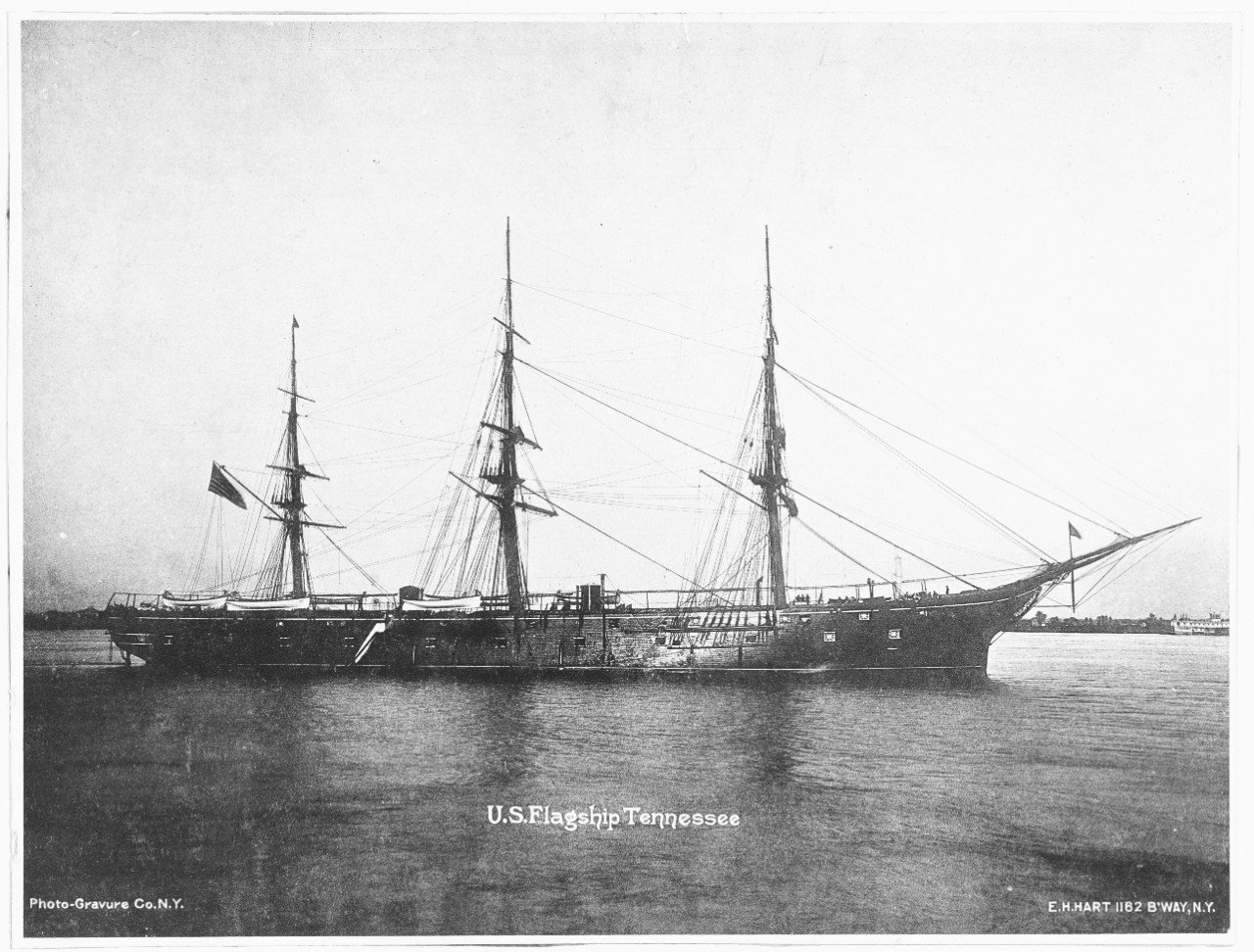



.thumb.jpeg.fc5d633a7b34428fcf19419a73d56d55.jpeg)
